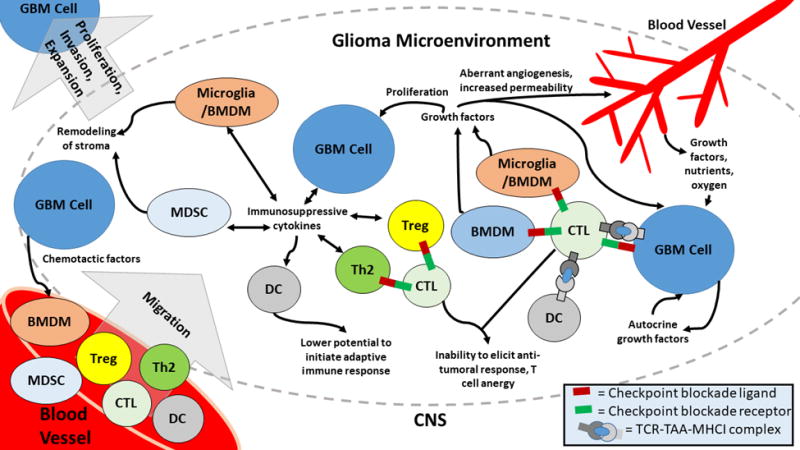Figure 1. Immunosuppression within the tumor microenvironment.

GBM cells express various autocrine growth factors which increase their own proliferation. Additionally, GBM cells produce immunosuppressive cytokines which polarize T cells, MDSCs, microglia, and DCs to more pro-tumorigenic phenotypes which also produce immunosuppressive cytokines. Cytotoxic T cells (CTLs) receive inhibitory signals via checkpoint blockade receptors expressed by other cells in the glioma microenvironment and become anergic. DCs have a poorer capacity to elicit an immune response due to their pro-tumorigenic polarization. Growth factors released by immune cells and GBM cells enhance neovascularization of the tumor and increase blood vessel permeability allowing for infiltration of the tumor by blood-derived monocytes which are attracted to the tumor by various chemotactic factors released by GBM cells. Proteases released by the various immune cells serve to remodel the stroma, leading to glioma’s invasion into the surrounding, healthy CNS.
